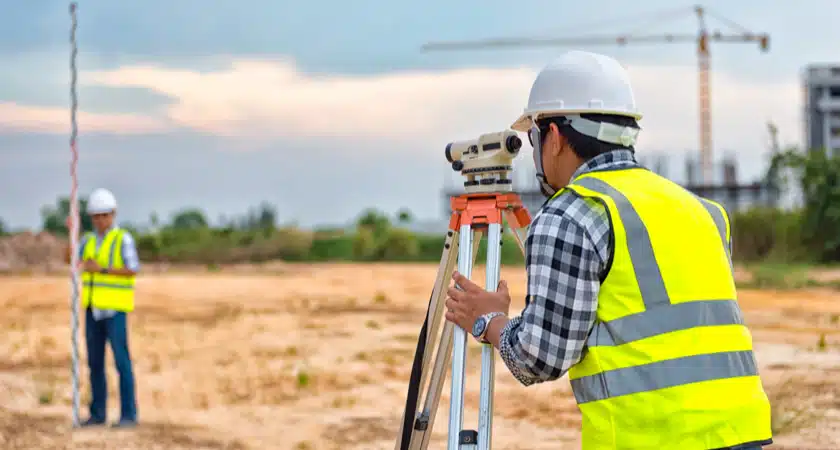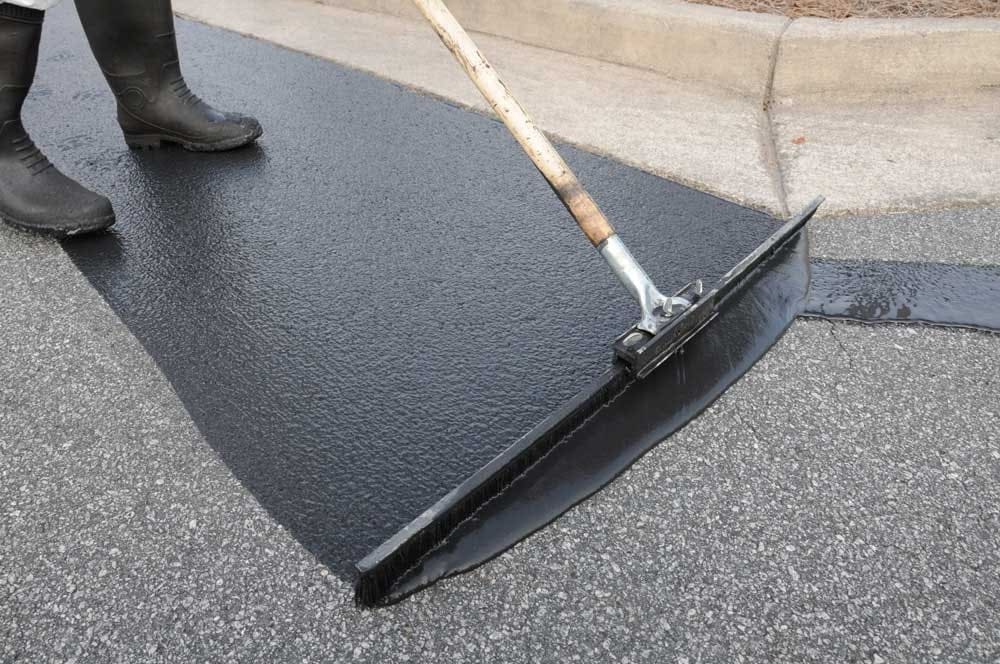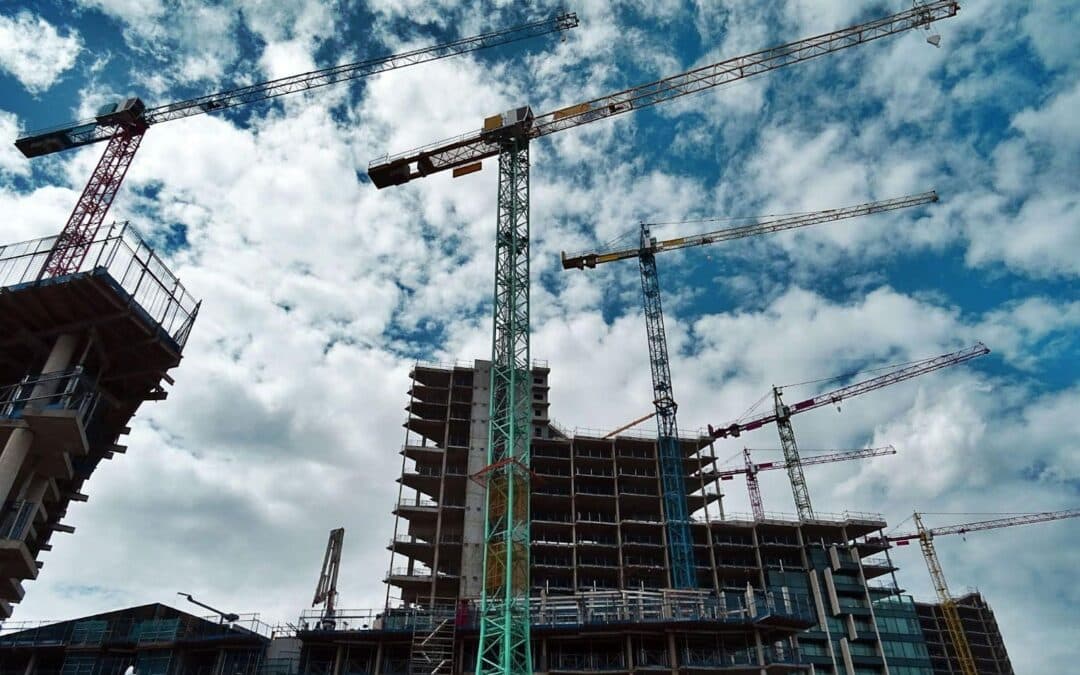A Comprehensive Guide to Surveying
Understanding the Basics of Surveying
Surveying is a fundamental practice that plays a pivotal role in various industries, including construction, civil engineering, and land development. At its core, surveying involves the precise measurement and mapping of the Earth’s surface .
to determine the relative positions of points, distances, and angles. This discipline employs sophisticated instruments and methodologies, ensuring accuracy and reliability in capturing spatial data.
The Importance of Accurate Measurements
Accurate measurements form the backbone of any successful surveying endeavor. By employing state-of-the-art instruments such as total stations, GPS receivers, and laser scanners, surveyors can obtain precise A Comprehensive Guide to Surveying
data points that inform critical decisions in design, planning, and execution. Whether it’s establishing property boundaries, creating topographic maps, or monitoring structural deformations, the integrity of survey data is paramount. A Comprehensive Guide to Surveying
Types of Surveys: An Overview
Land Surveying
Land surveying remains one of the most common types, focusing on determining land boundaries, elevations, and contours. This form of surveying is essential for property transactions, land development projects, and legal disputes concerning land ownership. Guide to Surveying
Construction Surveying
Construction surveying is pivotal in the construction industry, providing essential data for site preparation, building layout, and infrastructure development. Surveyors work closely with architects, engineers, and construction managers to ensure that projects adhere to design specifications and regulatory requirements.
Topographic Surveying
Topographic surveying involves mapping the natural and man-made features of a specific area, including hills, valleys, rivers, and buildings. This type of surveying is crucial for urban planning, environmental assessment, and infrastructure design,
providing stakeholders with a comprehensive understanding of the terrain and its characteristics.
Advanced Surveying Techniques
3D Laser Scanning
3D laser scanning technology revolutionizes surveying by capturing millions of data points in seconds, allowing surveyors to create detailed three-dimensional models of existing structures and landscapes.
This technique enhances accuracy, reduces field time, and facilitates more informed decision-making processes in various applications, from heritage preservation to industrial facility management.
Drone Surveying
Drone surveying represents a groundbreaking advancement in the field, enabling surveyors to capture aerial imagery and generate high-resolution maps with unparalleled efficiency and precision.
Drones equipped with advanced sensors and cameras can access hard-to-reach areas, ensuring comprehensive coverage and minimizing safety risks associated with traditional surveying methods.
The Role of Surveyors in Modern Society
Surveyors play a vital role in shaping the world around us, contributing to sustainable development, infrastructure improvement,
and environmental conservation efforts. Their expertise and technical proficiency empower decision-makers, stakeholders, and communities to make informed choices that drive progress and prosperity.
Challenges and Opportunities in Surveying
While surveying continues to evolve with technological advancements and industry trends, it also faces challenges such as regulatory compliance, data privacy, and ethical considerations. However, these challenges present opportunities for innovation, collaboration, and continuous improvement within the surveying profession.
Conclusion
Surveying remains an indispensable discipline that underpins various industries and sectors, providing critical insights, data, and expertise to drive informed decision-making and achieve desired outcomes.
By embracing advanced technologies, methodologies, and best practices, surveyors can navigate challenges, seize opportunities, and contribute to a more sustainable, resilient, and prosperous future for all.














